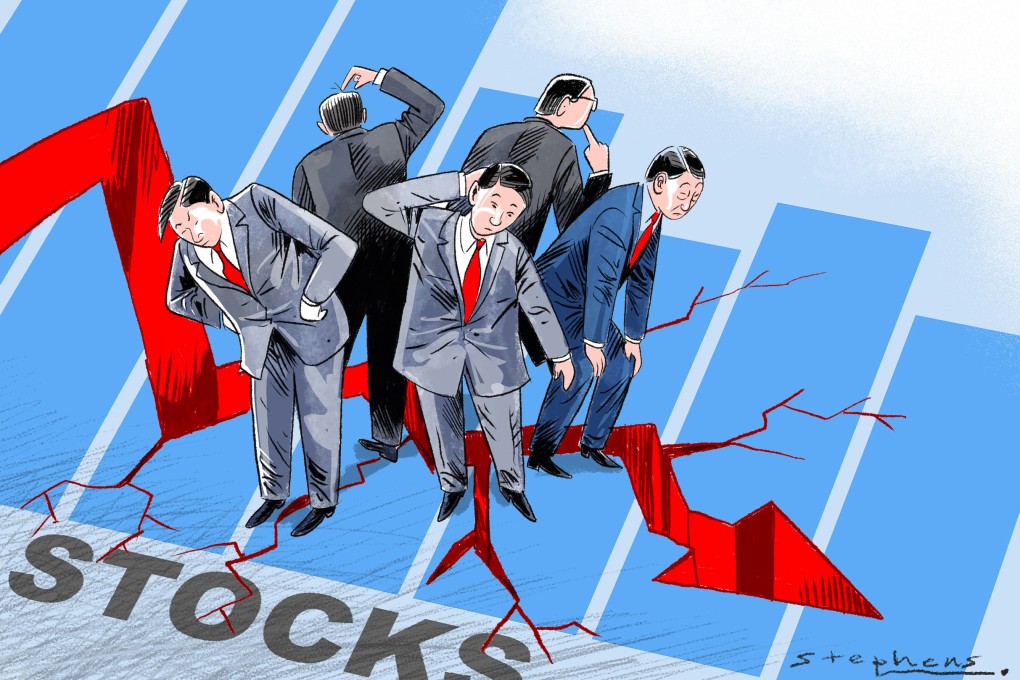Advertisement
Opinion | How China’s stock rout was 8 years in the making
- In 2015, Beijing pulled out all the stops to halt the financial haemorrhaging. This time, amid debt and property crises and doubts over reforms, investors wonder why Beijing has been dragging its feet
Reading Time:4 minutes
Why you can trust SCMP
2

Investors around the globe have many questions about China’s chaotic stock sell-off. Most relate to what is happening, how President Xi Jinping’s team might halt the plunge and where to hide?
But it’s the when that may matter most. The reference is to 2015, the last time cratering Shanghai shares made global headlines for an extended period.
The comparison matters because so many of the cracks Beijing pledged to fix eight-plus years ago remain below the surface. And they spook investors in ways that will keep shares under downward pressure in the months ahead.
These cracks include: extreme opacity, the continued dominance of state-owned enterprises, weak corporate governance, regulatory uncertainty, a feeble credit rating system and a Communist Party more focused on the symptoms of China’s troubles than the underlying ailments.
This list is as relevant today as in the summer of 2015, when plunging Shanghai shares panicked Wall Street. As mainland stocks lost 30 per cent of their value in three weeks, officials in Washington, Brussels and Tokyo wondered whether China was about to produce a shock on a par with that of Lehman Brothers seven years earlier. Perhaps even worse.
That didn’t happen. Xi’s men pulled out all the stops to halt the financial haemorrhaging. Trading was suspended in more than 1,400 listed companies. The People’s Bank of China flooded equity and credit markets with liquidity.
Advertisement
